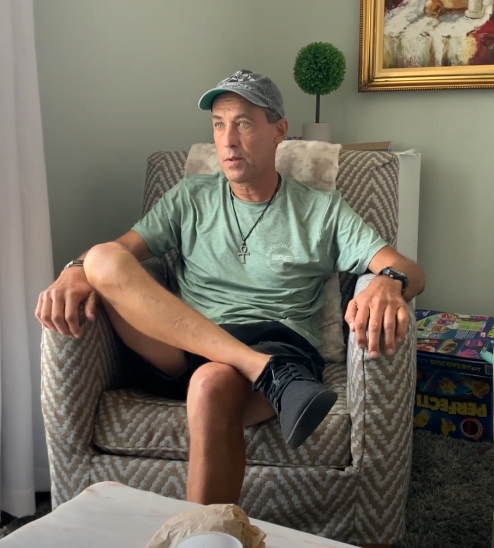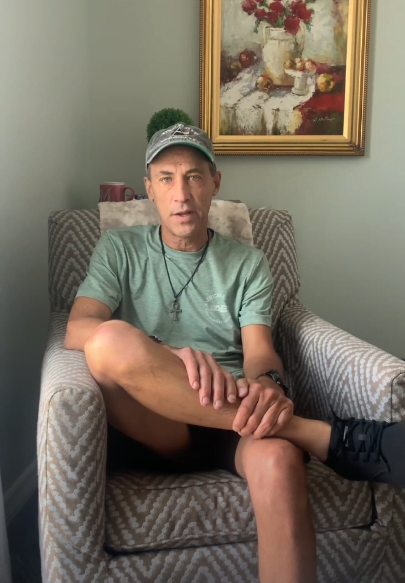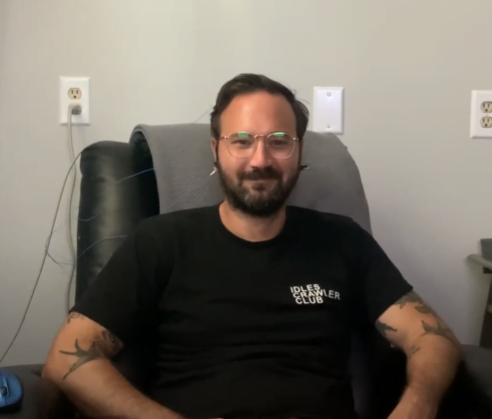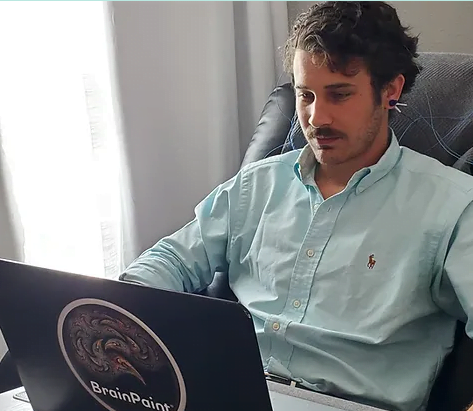Unlock Mental WellnessYour Path to Recovery Starts Here
Experience breakthroughs in hard-to-treat conditions. Take the first step towards healing now!
About Us
Welcome to the Center for Integrated Therapies
If you have grown weary of “just talking” and are wondering where your therapy is going, we may have what you need. We have therapeutic modalities and tools that very few people have. We have experience that very few therapists have. We are goal-oriented and driven to help get you where you want to be as quickly and efficiently as possible. We enjoy the challenge of working with the "hard-to-treat" symptoms as much as we enjoy helping a couple work through a difficult time in their relationship.

What You Can Expect
Types of Therapy
Neurofeedback
Dialectical Behavioral Therapy
Cognitive Behavioral Therapy
Individual, Couple, and Family Counseling
Conditions We Treat
ANXIETY
Autism Spectrum Disorder
DEPRESSION
PTSD
Traumatic Brain Injury (TBI)
Bipolar Disorder
ADHD
Peak Performance
Testimonials
What Our Patients Say
Meet The Team
Experts On Your Side
Let’s Schedule Your
Free Consultation!
Are you ready to get started? Contact us to find out more.










